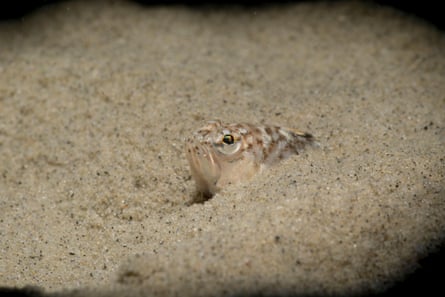PROTECT YOUR DNA WITH QUANTUM TECHNOLOGY
Orgo-Life the new way to the future Advertising by AdpathwayThe weeverfish is like a ninja – one minute it’s there, the next it’s gone, and you are left in excruciating, throbbing pain. Weeverfish are common in the Atlantic Ocean in summer, and I got stung in the waters off Cornwall where I live.
Let me take you back to the start … I love to be outside surfing, swimming in the sea, walking or cycling. Saturday had swung around and I was excited for my surf lesson. The sun was shining and the sea was a brilliant cerulean blue, but much colder than it looked.
Me and my friends grabbed the boards, threw the leashes around our ankles and bounded into the sea. The cool spray snatched my breath away as I ducked under a wave. The next quarter of an hour passed quickly – full of laughter and wipeouts, the constant paddling, the scrabbling to the surface … I barely noticed my foot touch the seabed where they lurk – a bad mistake. I instantly felt an agonising sting in my toe, a crescendo of pain sweeping through my foot. I cried out in surprise. Was it as bad as I had read? Yes!

The next two days I had lots of allergic reactions as the venom from its spine worked its way through me. Swelling, itching, and I had puffy cheeks, red as a tomato.
But this is no reason to be scared of weeverfish. This was only a reminder of how much more powerful nature is than us humans. This is why we should look after it, and protect it for future surfers (and everyone else!) to enjoy.
Thelo, 10
Read today’s other YCD, by Jamie, 14: ‘The summer smell of ‘black gold’ in our compost heap’


 1 day ago
17
1 day ago
17





















 English (US) ·
English (US) ·  French (CA) ·
French (CA) ·